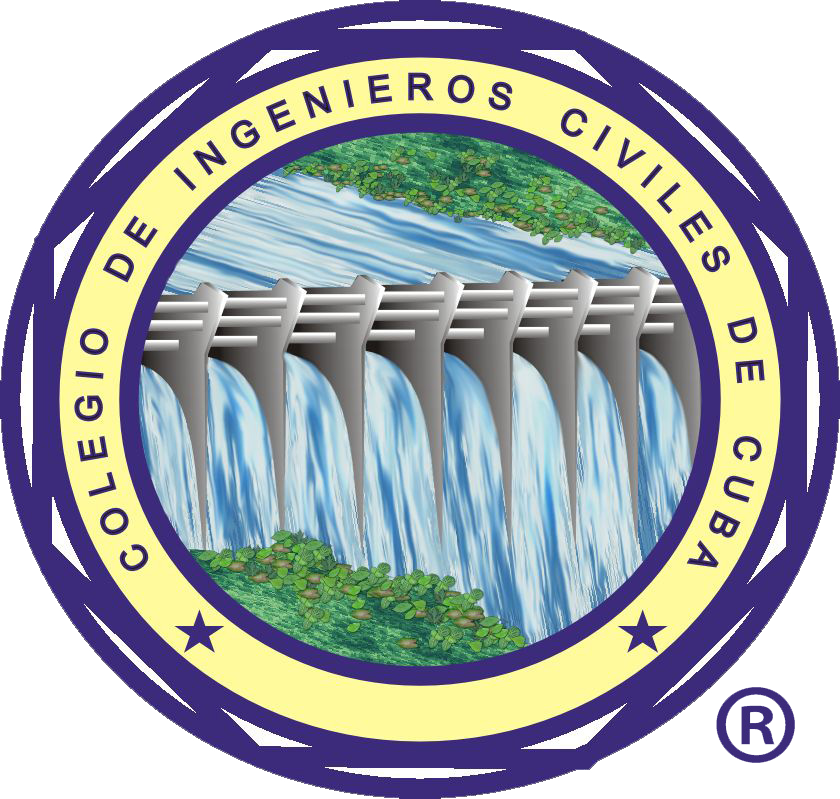Don Francisco de Albear and Fernández de Lara was born January 11th, 1816 at the Morro Castle in La Habana, Cuba; the son of Colonel Francisco de Albear and Hernández, Governor of the Morro Castle. Young Francisco, who had demonstrated his talent directing the Royal Development Agency (Real Junta de Fomento), since 1831, was sent to Spain to study at the Military Engineering School of Guadalajara, where the graduated in 1839 with the rank of lieutenant. After serving in several posts he joined the Royal Corps of Engineers and was assigned to his beloved Cuba in 1845. He excelled thought his career, reaching the rank of Brigadier of said Corps, where he was in charge of over 182 projects in the Island.
As an engineer and scientist, he also was involved in scientific research. He was member of various scientific institutions among them: the Royal Academy of Sciences of Madrid (Real Academia de Ciencias de Madrid, España) (corresponding member), the Royal Geographic Society of Spain (Real Sociedad Geográfica de España) (founding member), the Scientific Society of Brussels (Société Scientifique de Bruxelles), the Royal Economic Society of the Friends of the Country in La Habana (Real Sociedad Económica de Amigos del País de La Habana) and the Royal Academy of Medical, Physical and Natural Sciences of La Habana (Real Academia de Ciencias Médicas, Físicas y Naturales de La Habana), being vice-president of the later.
Among his early projects we find the Alcoy Bridge over the Luyano River, the Diego de Velazquez Bridge over the Mordazo Creek, both in Habana; Bailen Bridge over the San Juan River in Matanzas province. These projects included the bridge and roadways leading to the bridges.
His surveying accomplishments included the surveying and mapping of the main navigable harbors the island and the La Habana Master Plan (Plano de la Ciudad de La Habana) completed in 1874, was one of his most prominent urban planning accomplishments, incorporating surveying, topography and land planning into a master piece of cartography.
His master project was La Habana Aqueduct today known as the Albear Aqueduct (Acueducto de Albear). This was Albear’s utmost achievement of which much has been written, a project of engineering prominence for his time. It consisted in the collection and catchments of the Vento Springs and the conduction and distribution of its waters to the City of La Habana and its surrounding areas. The physical difficulties and insufficient and intermittent funding required constant innovation and creativity. The result was a project, which up to this day is a monument to engineering achievement. He continued directing the project until his death in October 23, 1887. Five years before the entire project was inaugurated. The project was designed in 1855 and the construction started in 1861, being completed in 1893. The aqueduct was distinguished with the Gold Medal of the “Éxposition Universelle of Paris 1878”. The aqueduct is still in operation.
Francisco de Albear’s accomplishments in the fields of surveying, cartography, science, engineering and public works administration filled a period of half a century; his work fills thousand of pages of records in the public libraries and archives of Cuba, and Europe.
For his achievement and merits Albear was distinguished with the Order of Military Merit, the Great Cross of the Royal and Military Order of San Hermenegildo and Knight of the Royal and Military Order of San Fernando. He was also awarded the title of Marquis of San Felipe.
On the 3rd of August 1891 the City Council of La Habana decided to erect a monument to Albear in the city cemetery. After a change of heart it was relocated to a plaza – also named in his honor – at the end of Calle Obispo and O’Reilly. The Cuban sculptor Jose Vilalta de Saavedra executed this work of art in 1893 and it was eventually inaugurated on the 15th of March 1895.
In the early 1900’s Albears’ birthday, January 11th, was designated as Engineer’s Day in Cuba (Día del Ingeniero Cubano). The Cuban engineers for years gathered at the park every year to pay tribute to Albear on that day. In Miami members of the Cuban engineering societies, the Association of Cuban Engineers (Asociación de Ingenieros Cubanos), the Association of Cuban Agronomic Engineers (Colegio de Ingenieros Agrónomos y Azucareros) and Cuban American Association of Civil Engineers (Colegio de Ingenieros Civiles de Cuba) gather, on or about that date, at Our Lady of Charity Chapel (Ermita de la Caridad) to celebrate a mass for the engineers that have passed away.
The Cuban American Association of Civil Engineers awards every year the Francisco de Albear Award to deserving engineers. This Lifetime Achievement Award, is bestowed to Professional Civil Engineers who have achieved a distinguished and productive career. It is worth mentioning the Premio Francisco Albear has its roots in 1950’s Cuba where the following distinguished engineers were honored:
- 1950 Manuel E. Babé Ruano
- 1951 Juan B. Pujol Jolganes
- 1952 Luis Sáenz Duplace
- 1953 Daniel U. Bethencourt Abril
- 1954 Francisco Pacho Pardo
- 1955 Abel Fernández Simón
- 1956 Jesús M. Valdes Roig and
- 1958 Jorge Brodermann Vignier



